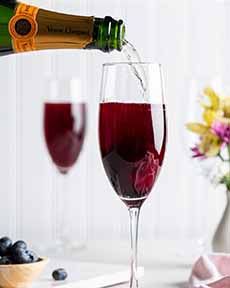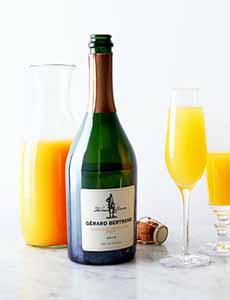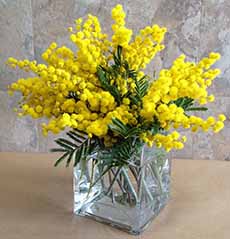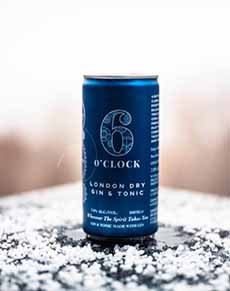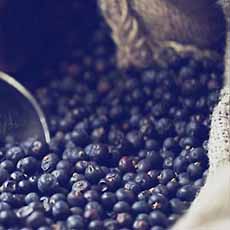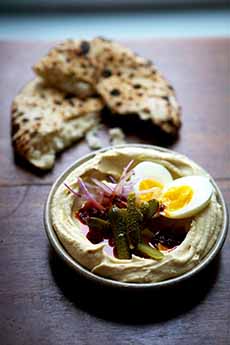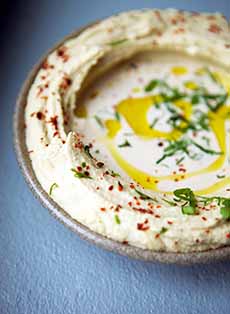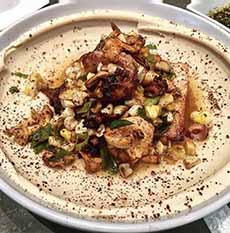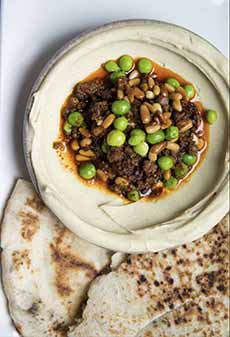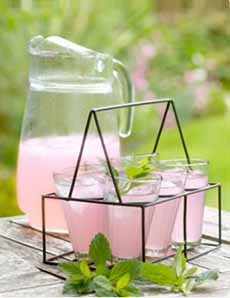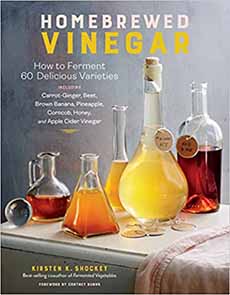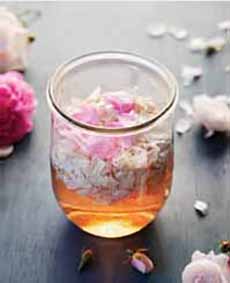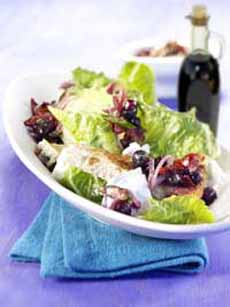|
The Gin & Tonic is one of the most popular cocktails in the world. According to Liquor.com, it’s the go-to cocktail in Spain, where a particular gin’s botanicals are paired with a specific tonic water and aromatic garnishes.
In its homeland, Britain, it’s “an at-home staple,” with gin paired with different craft tonic waters [ibid].
That’s popularity!
Let us quickly elaborate on the parentage of the G&T: It was created not as a cocktail in England, but for medicinal purposes by British troops stationed in India.
Malaria was a persistent problem. In the 1700s, quinine was found to be helpful in both preventing and treating the disease.
But quinine had an unpleasant, bitter taste, even when diluted in water. (That was quinine water. Later, cocktails were made with tonic water, which included quinine but at a much lower percentage, plus sugar.)
In the early 19th century, someone (a doctor? an officer? a bartender?) suggested adding gin to make the medicine more palatable.
Thus emerged the predecessor of the modern Gin & Tonic: quinine water made palatable by adding sugar, lime and gin.
Over the years, the G&T became the cocktail of choice back home in England, as well.
Here’s more of the story.
6 O’CLOCK DRY LONDON GIN’S GIN & TONIC IN CANS
6 O’clock Gin is a premium brand in the U.K. that makes “strikingly smooth artisan gins.”
The company produces four expressions of gin: classic London Dry gin, Brunel (a stronger version, 100 proof, known as “Navy strength gin”), Damson gin (a fruitier style made with Damson plums, and Sloe gin (made with sloe berries).
The gins are handcrafted in small batches, using traditional techniques.
The brand name was inspired by the family’s long-held tradition of relaxing with a G&T at 6 o’clock, a custom enjoyed by gin lovers the world over.
(Maybe some start at 5 o’clock? After all, it’s 5 o’clock somewhere*.)
So…
What if you could open the fridge, grab an elegant 200mL/6.8-ounces can of G&T made with London Dry gin and all-natural tonic water?
Certainly more of us would be relaxing with a G&T. It’s easily portable…and maybe it’s just us, but looking at the elegant beauty of the can design is relaxing as well.
Even better, 6 O’clock’s G&T is a low-alcohol product: 7% ABV, 14 proof†. No one will be unfocused when it’s time to cook dinner.
WHO MAKES 6 O’CLOCK GIN
The 6 O’Clock brand is owned and operated by Bramley & Gage, a family-run artisan spirits company located on the outskirts of Bristol, England.
The company was one of just 23 spirit distilleries in England that, a decade ago, set about elevating the flavors of gin.
Artisanal gin is one of the fastest growing categories of spirits in the world. 6 O’clock Gin continues to evolve and innovate, regularly introducing new products, recipes and collaborations.
Discover more at 6oclockgin.com.
> THE HISTORY OF GIN
________________
*“It’s 5 o’clock somewhere” is an expression said by someone who wants a drink, even though it’s was not yet 5 p.m. Five o’clock was the end of the work day for many people—and for some of them, it meant time for a drink. So even if it wasn’t 5 p.m. in the person’s time zone, it certainly was in another part of the world. And, drinking before five o’clock (except for a beer or cocktail at lunch) indicated a possible drinking problem.
The quote is attributed to the comedian Red Skelton. As the story goes, in 1959 on Skelton’s 50th birthday, he was doing three shows a day at the Riviera Hotel in Las Vegas. Before his first show began he commented, “I don’t drink this early in the day but what the heck, it must be 5 o’clock somewhere in the world.” The phrase caught on. “It’s Five O’Clock Somewhere” (2003) was a hit song for Alan Jackson [source].
†Double the ABV to get the proof of an alcoholic drink: 7% ABV/14 proof is a lower alcohol level than a glass of wine. Non-fortified wines range from 7% ABV/18 proof to 14% ABV/24 proof).
|
